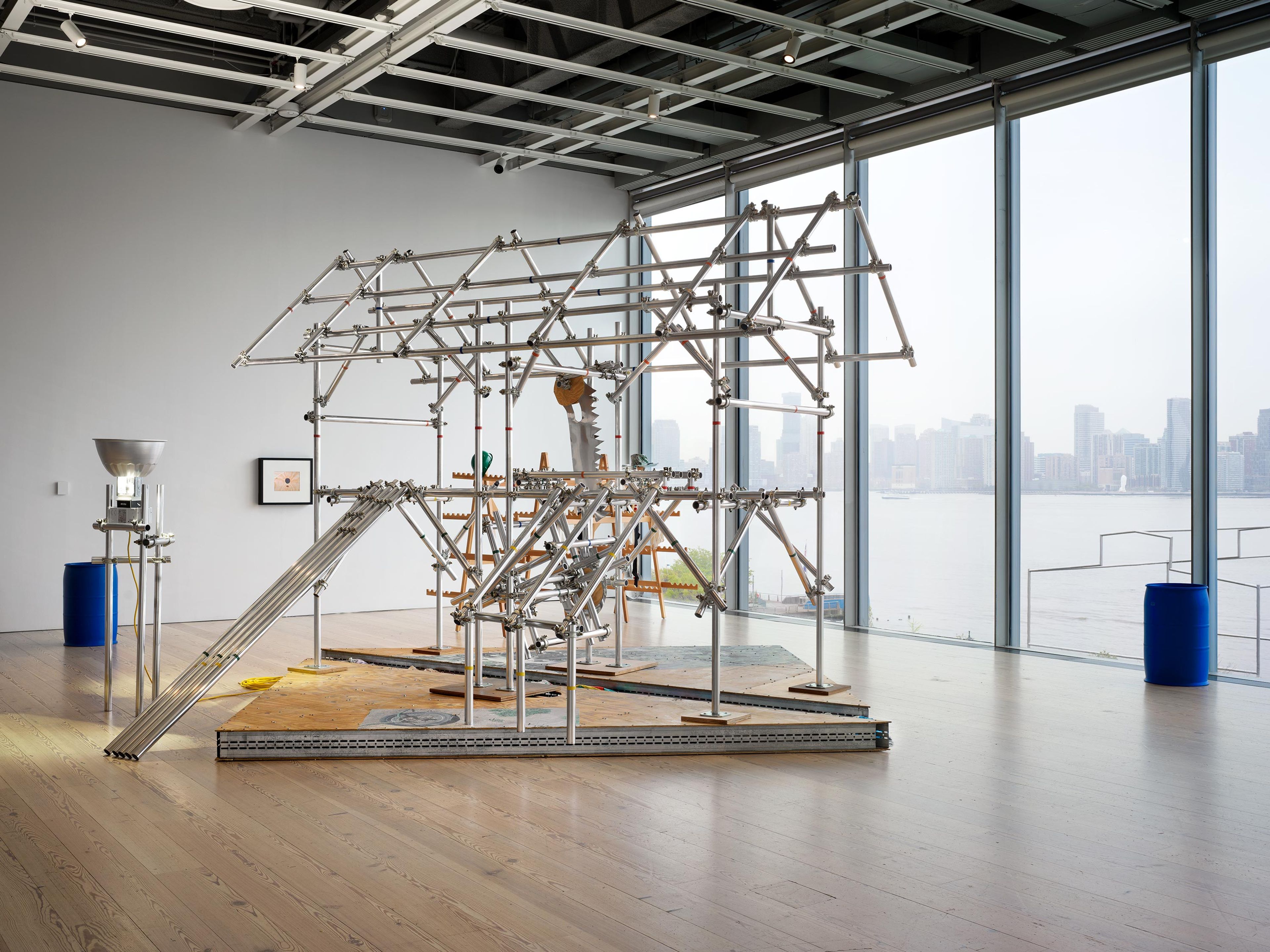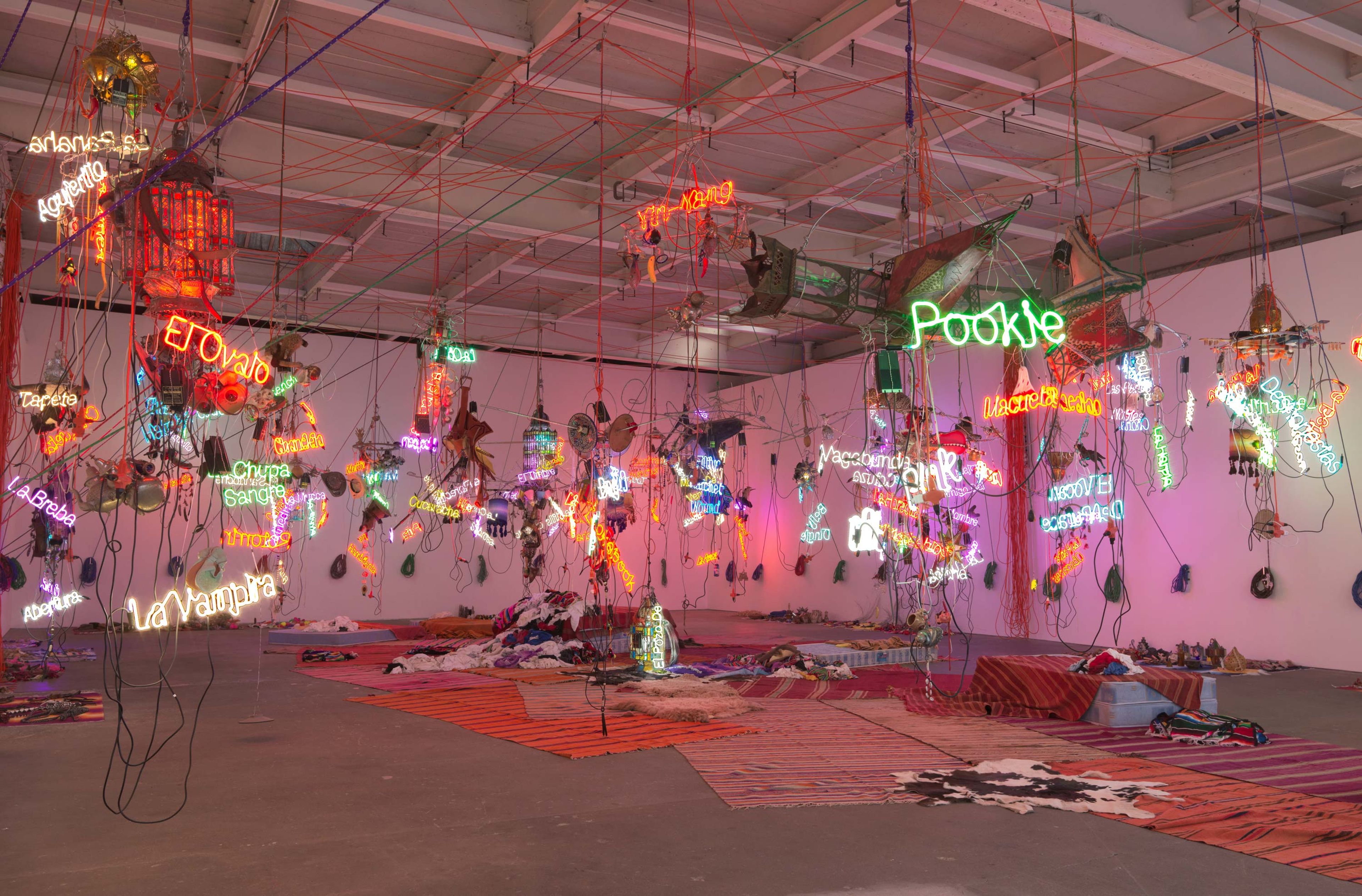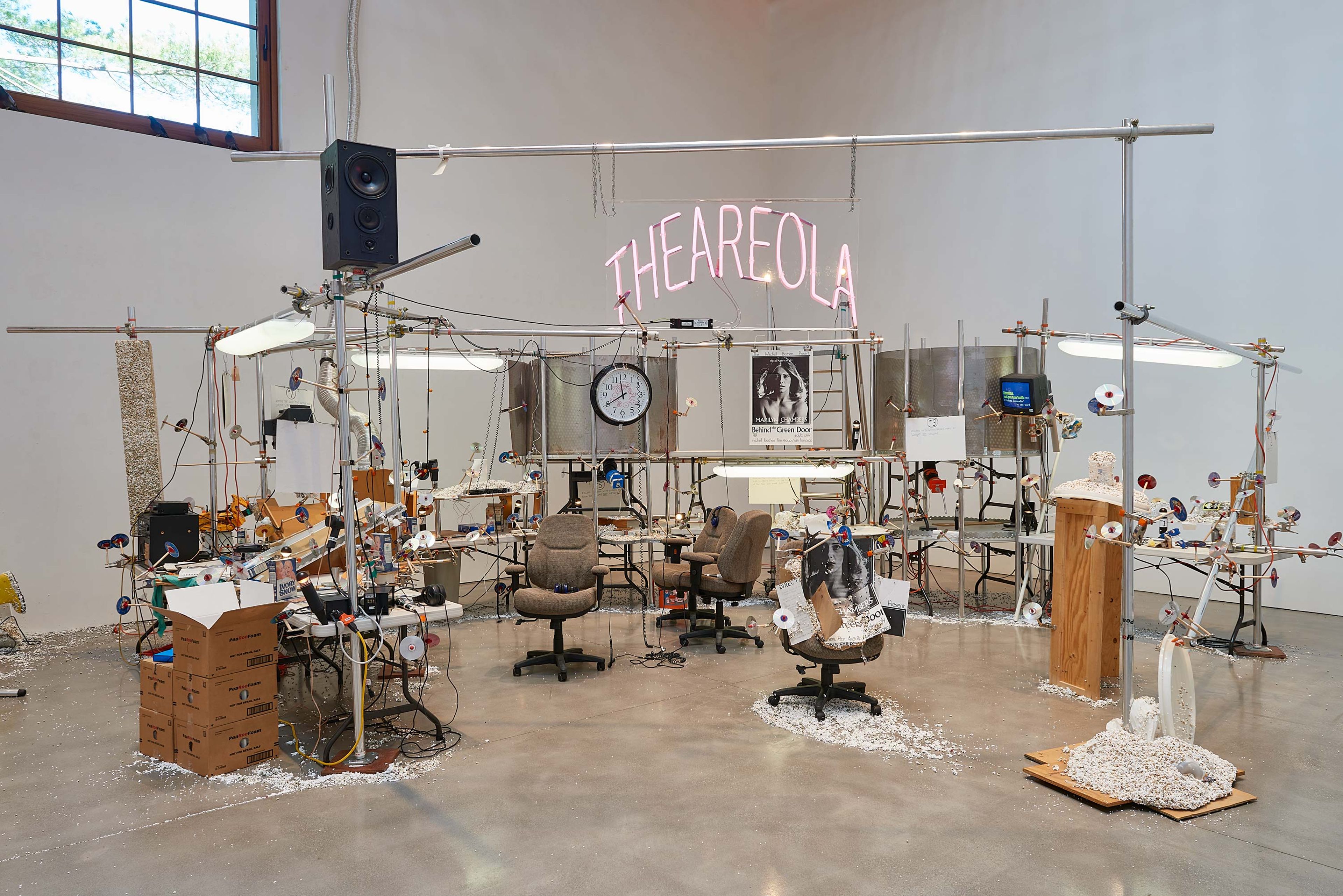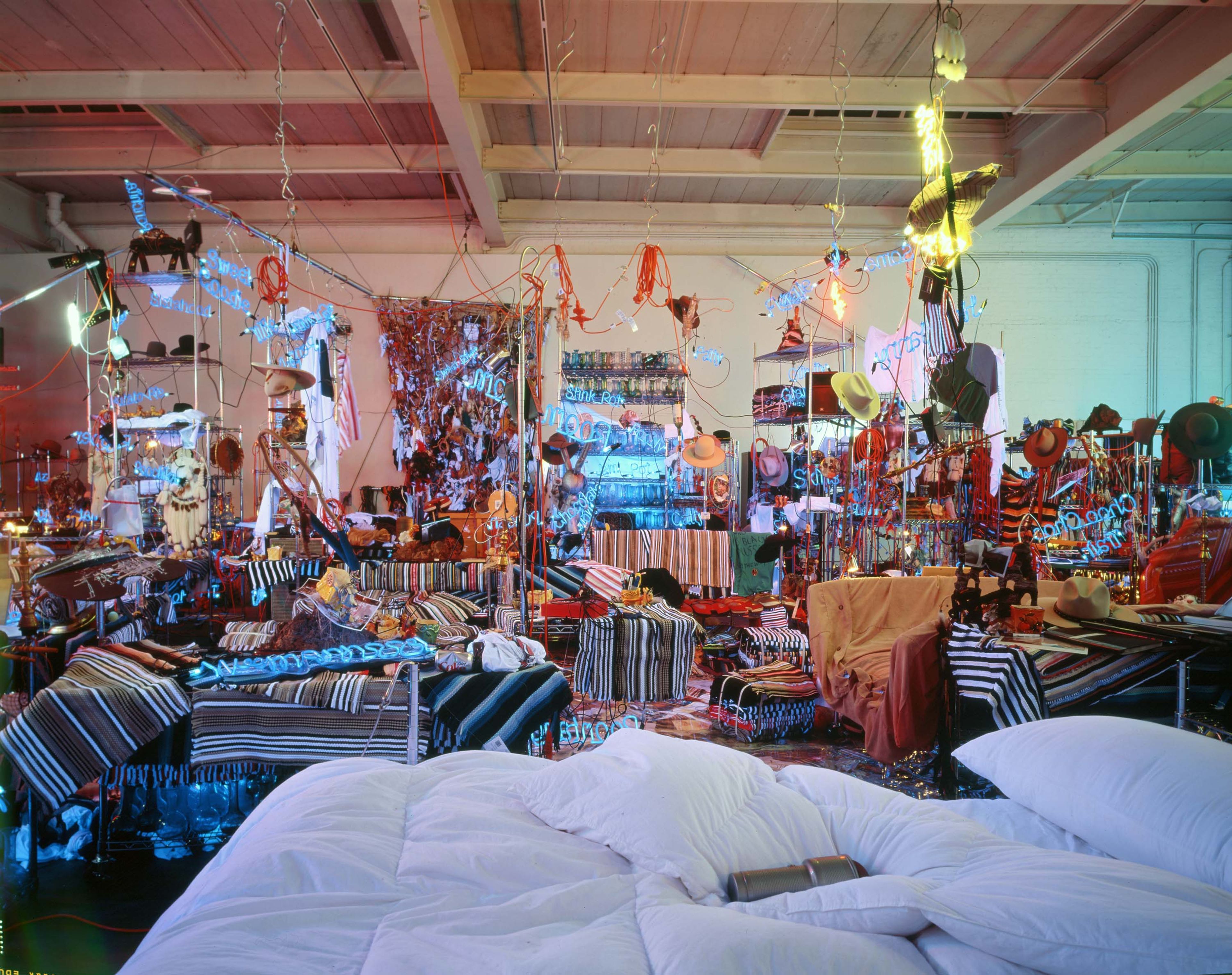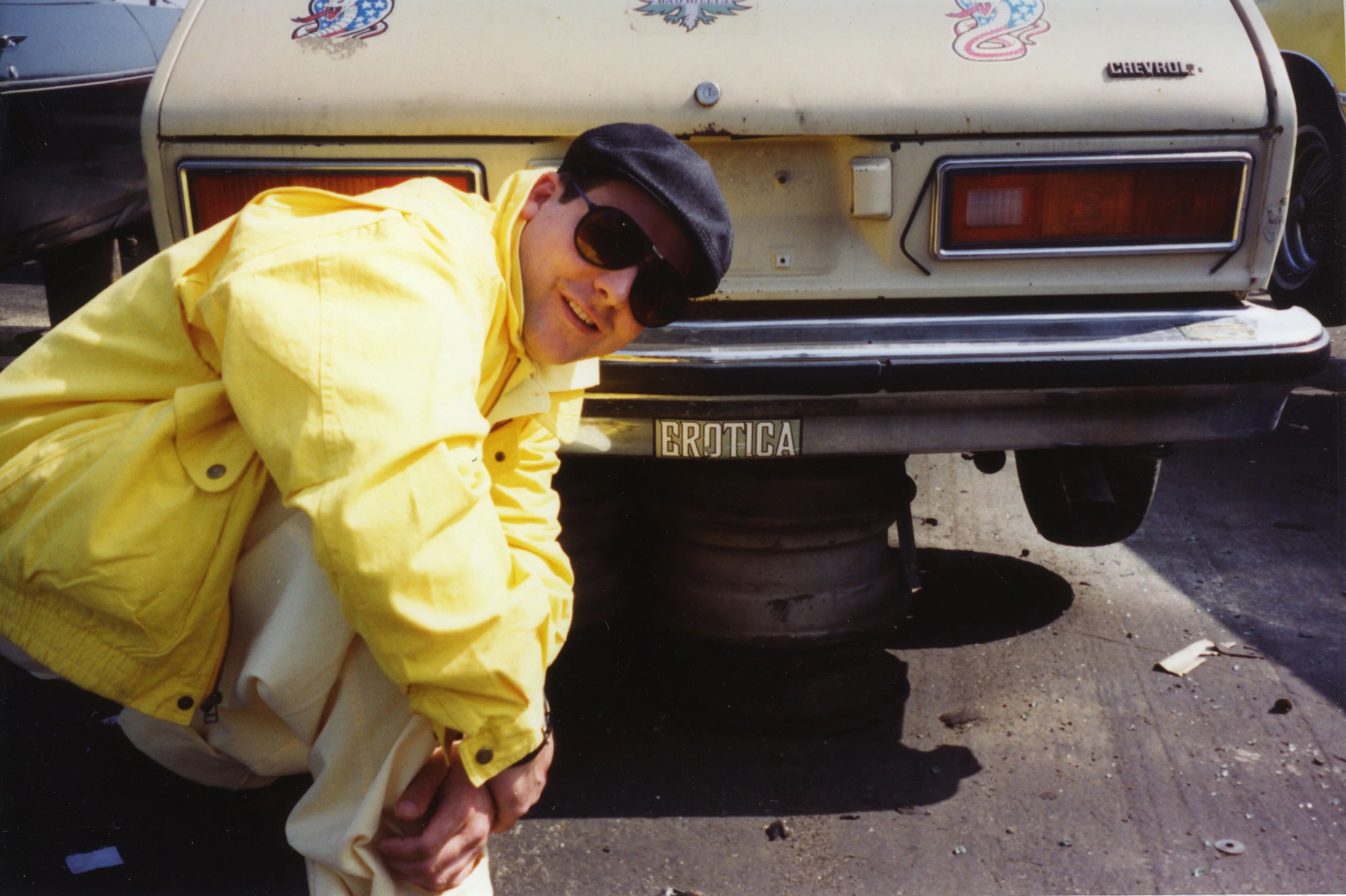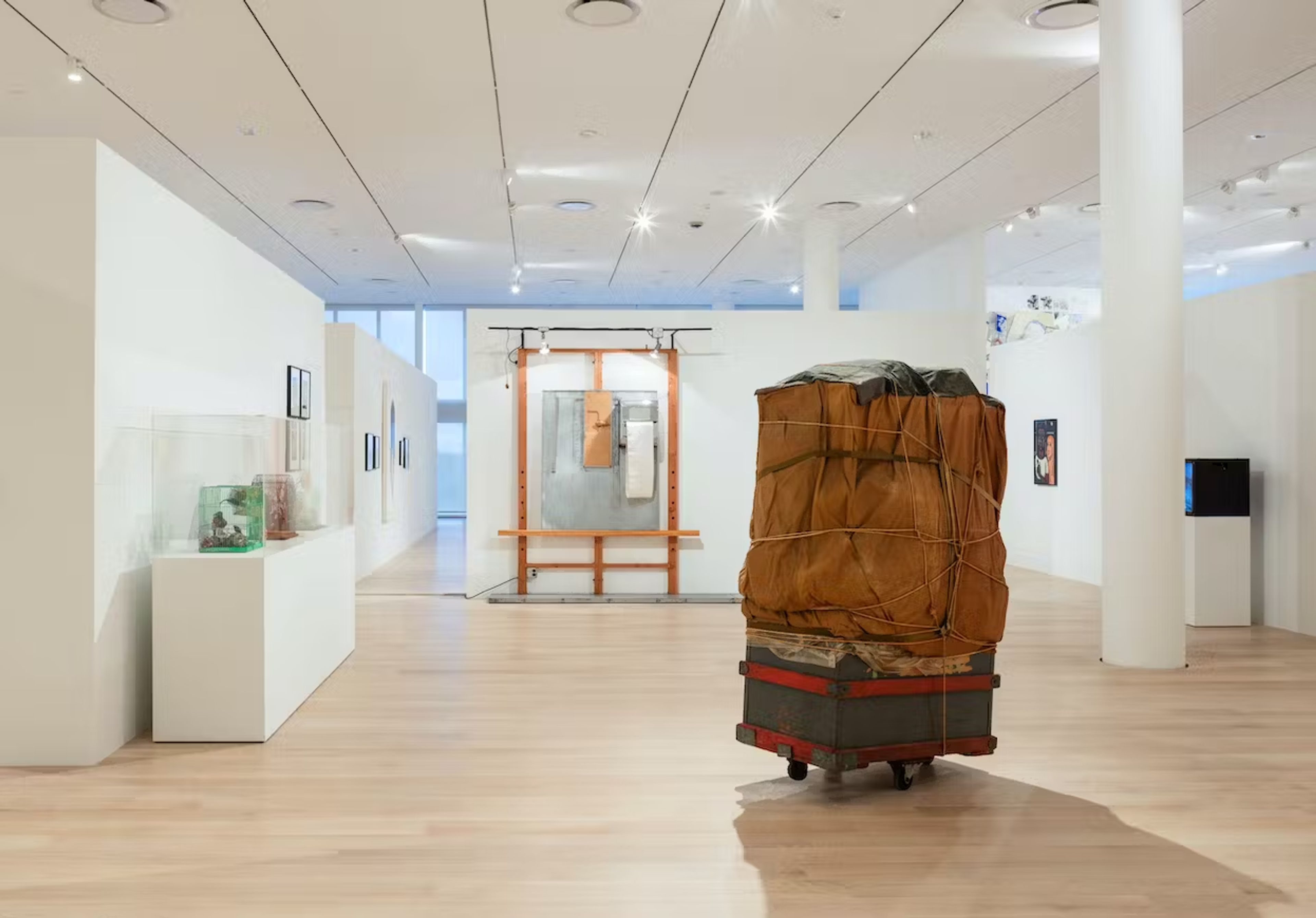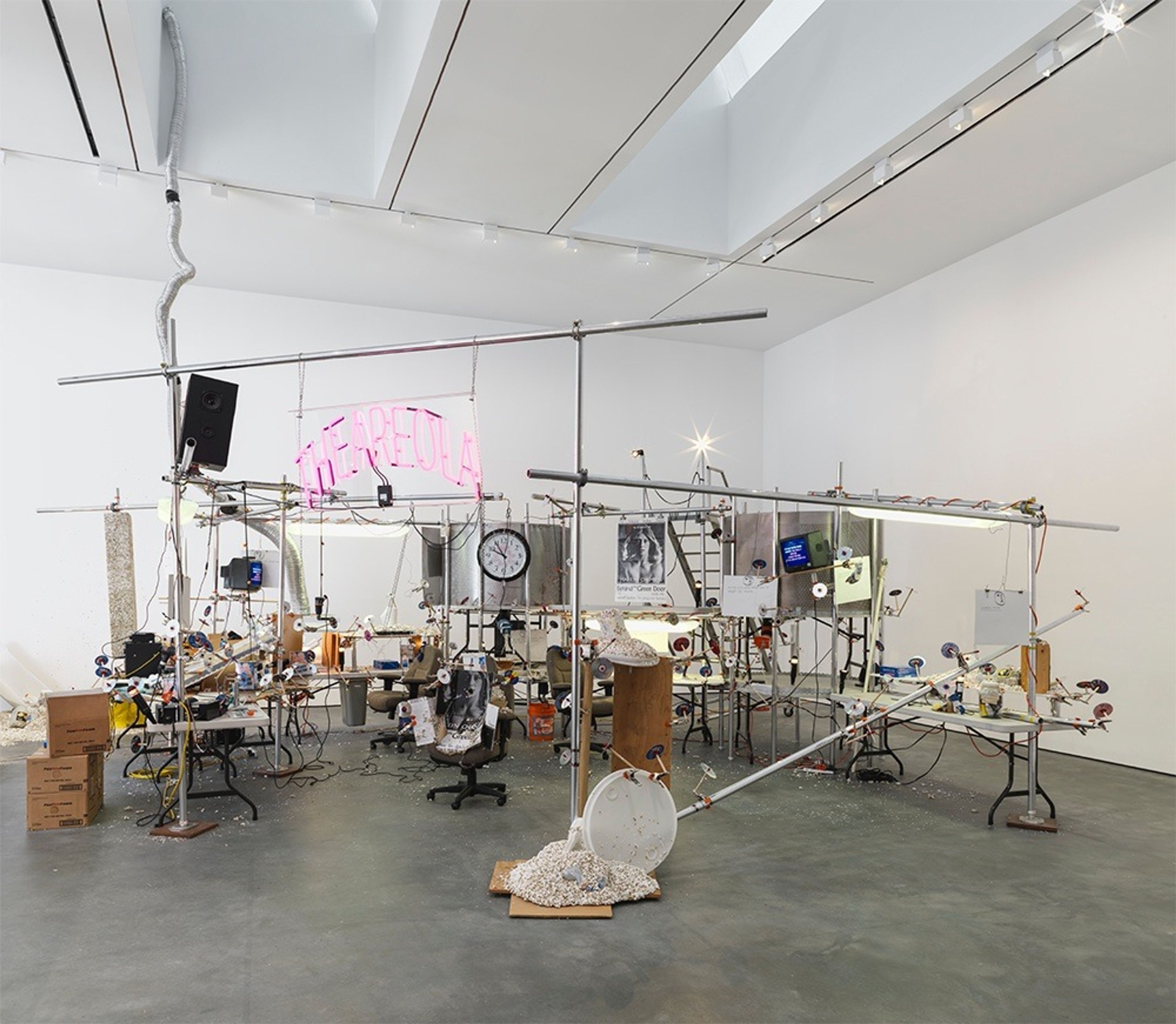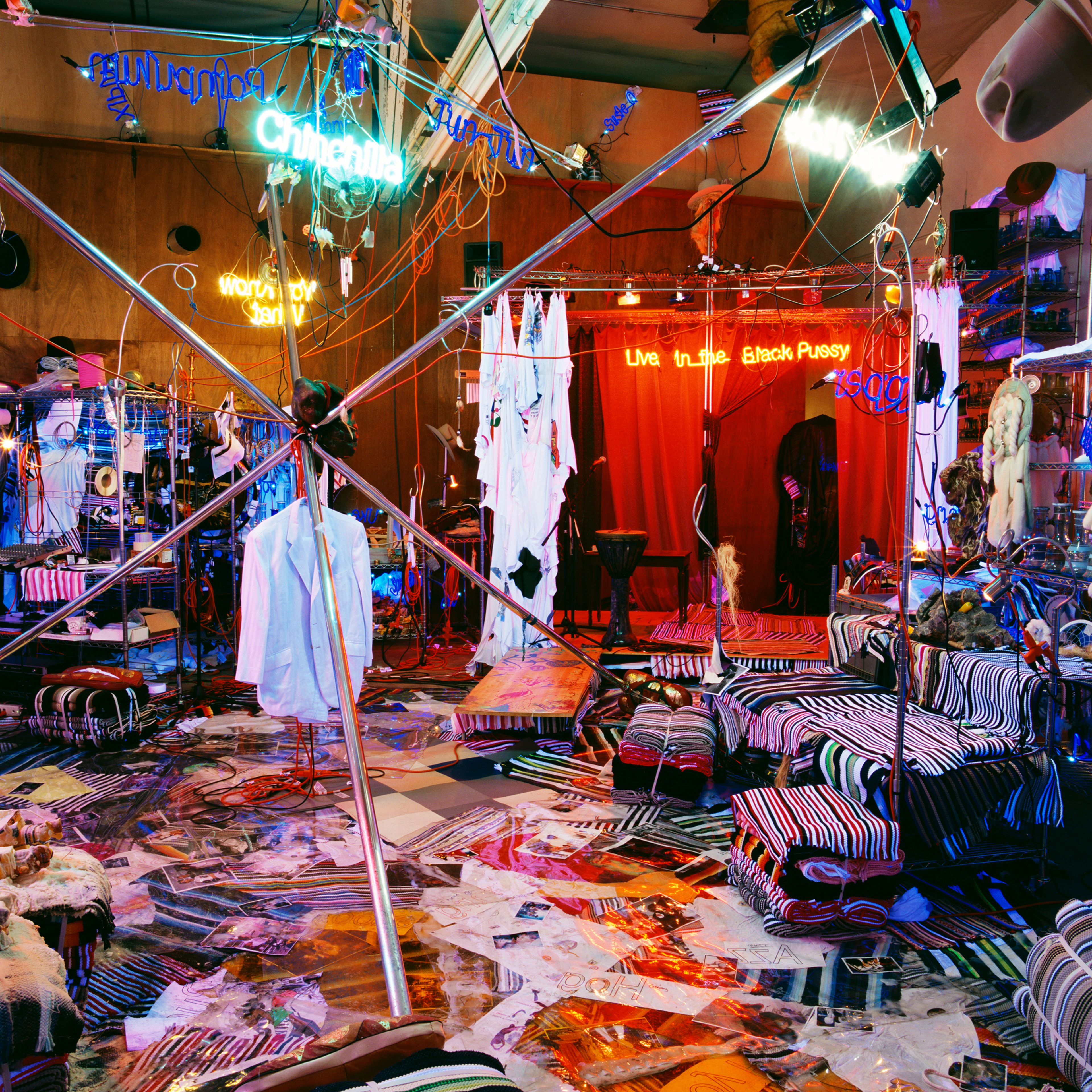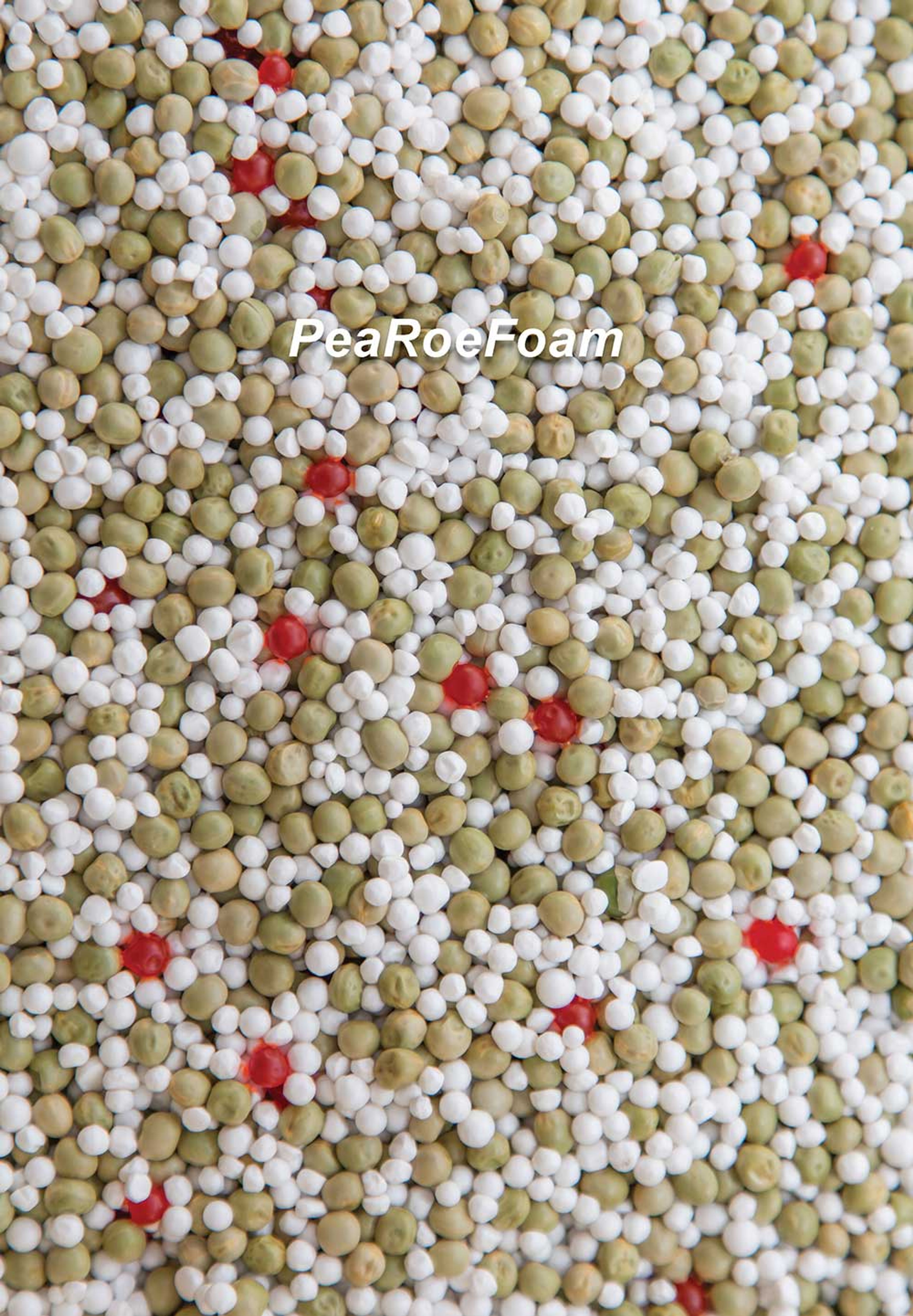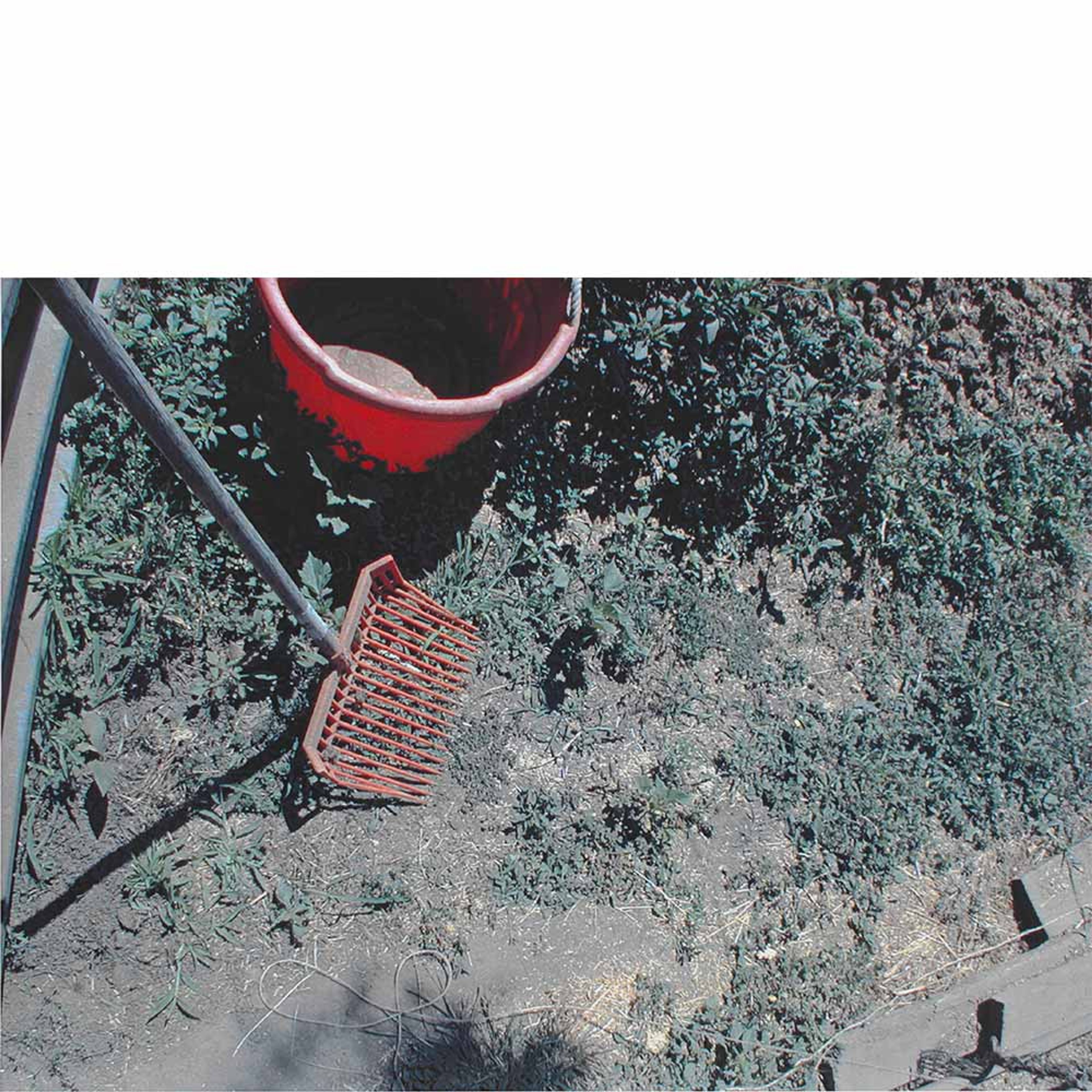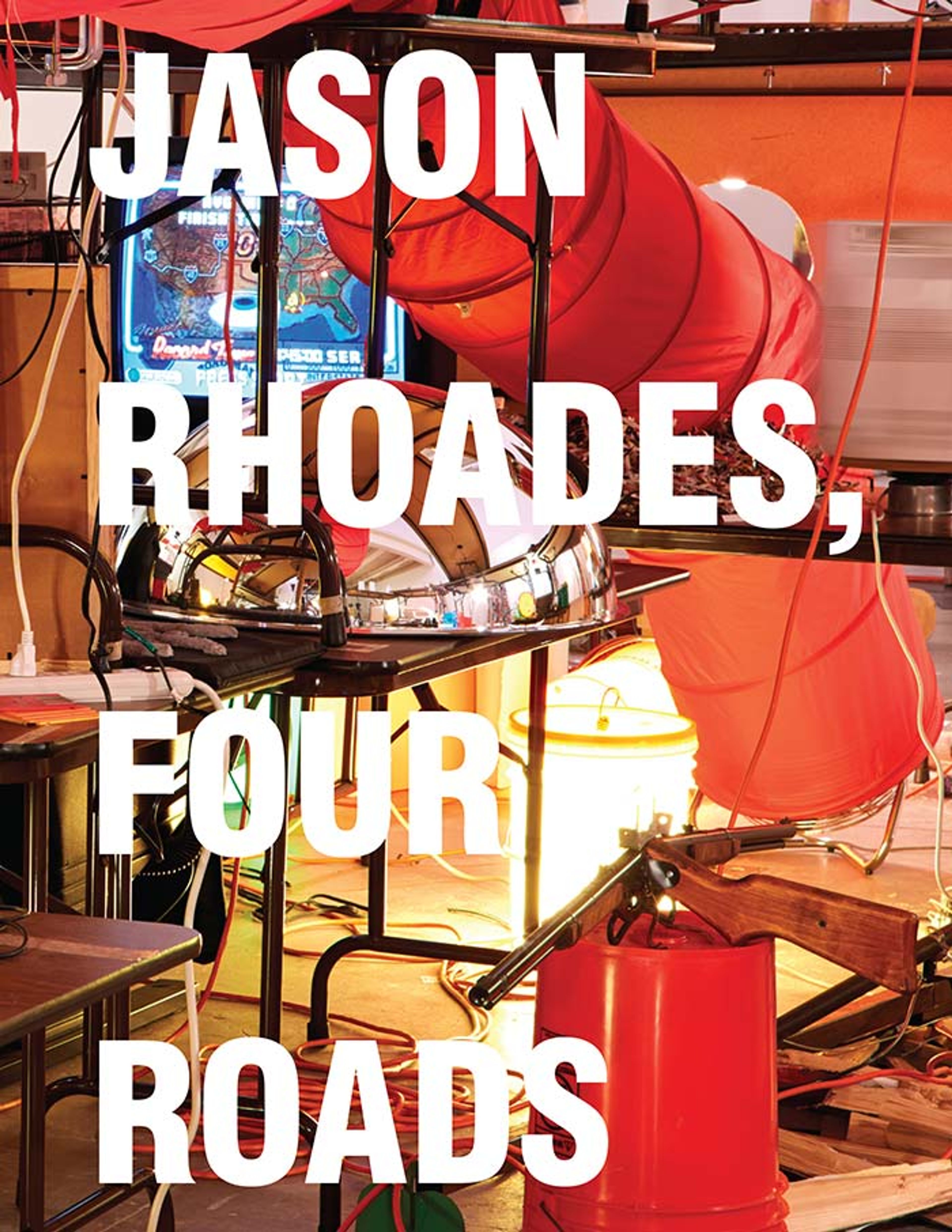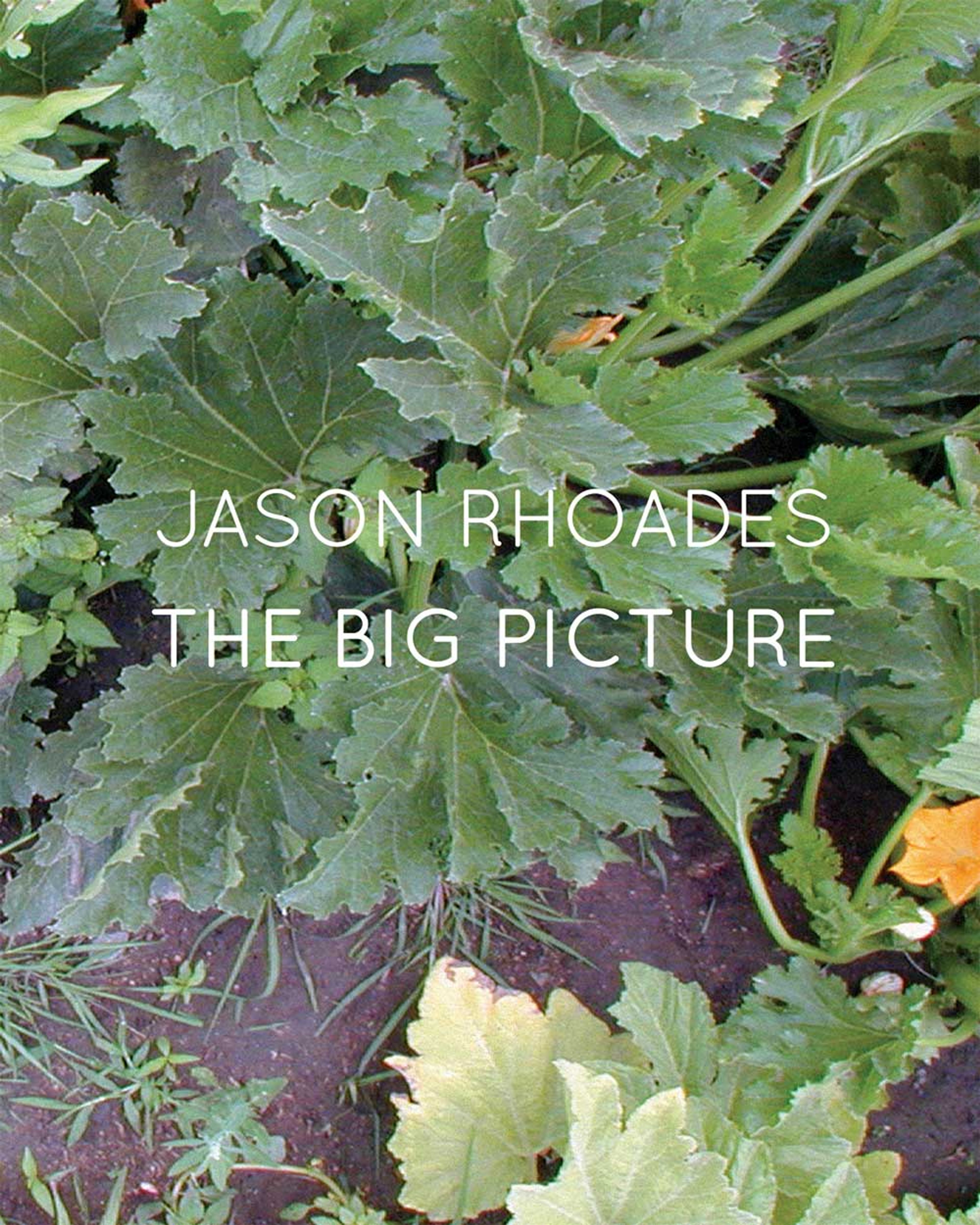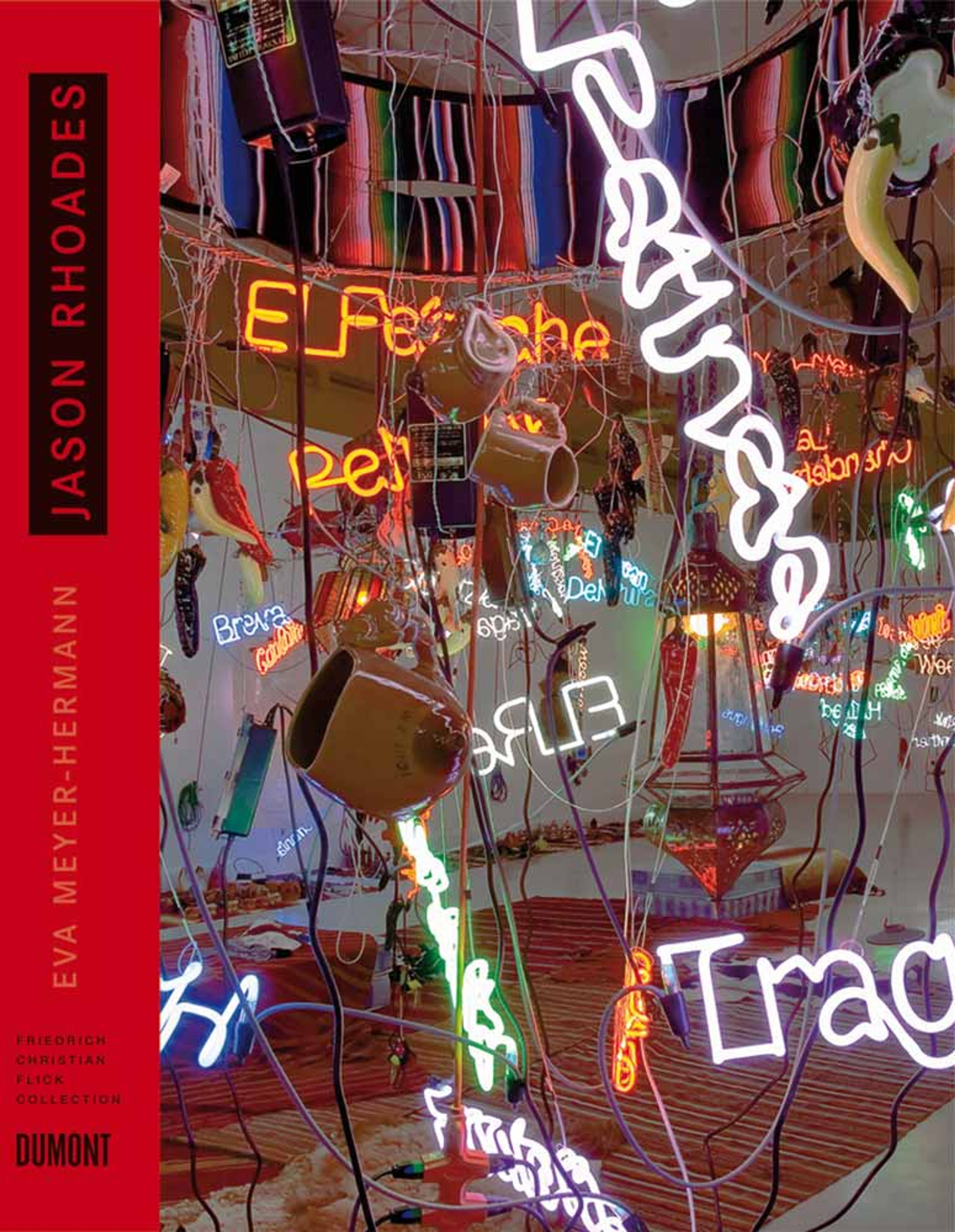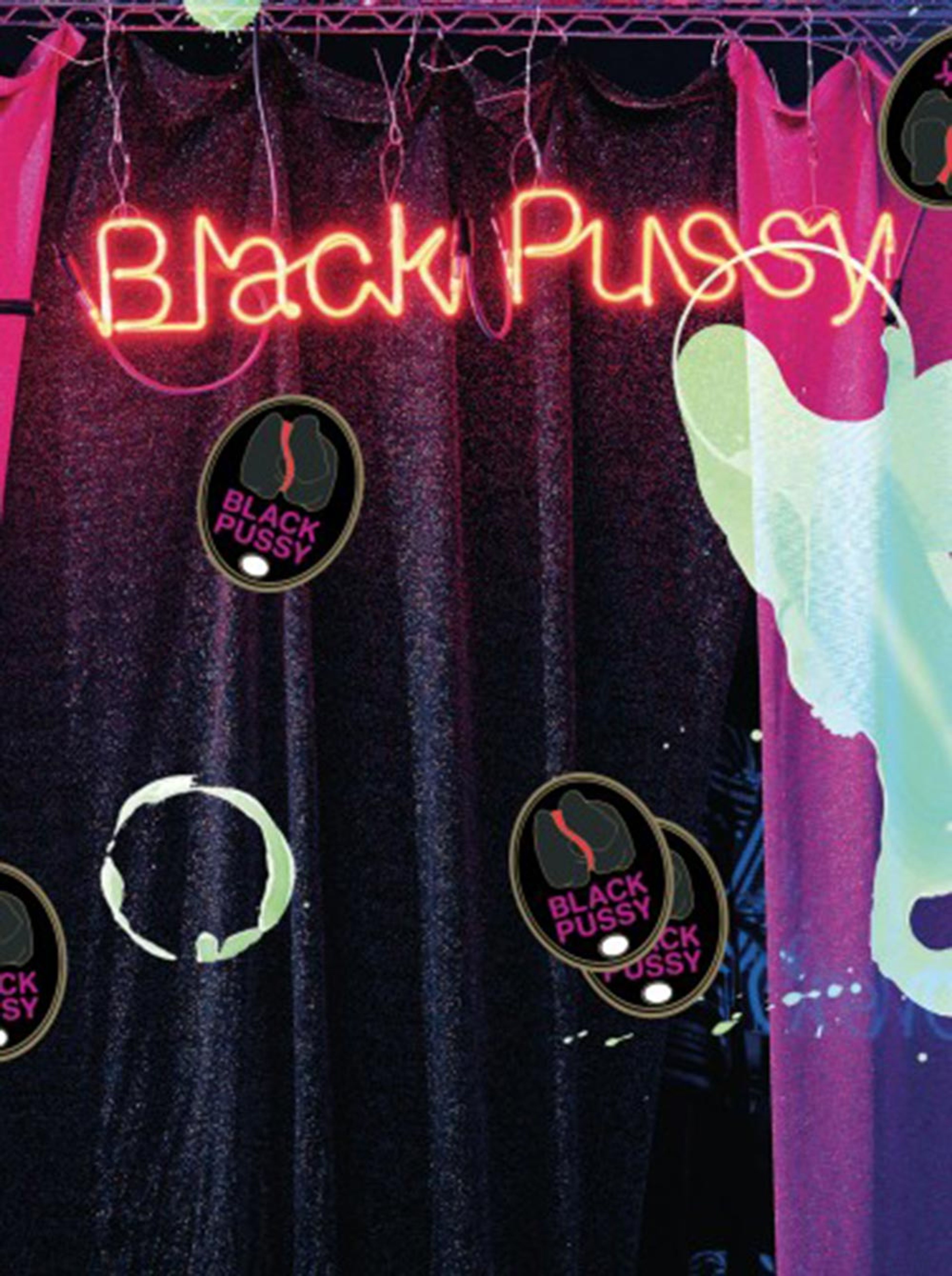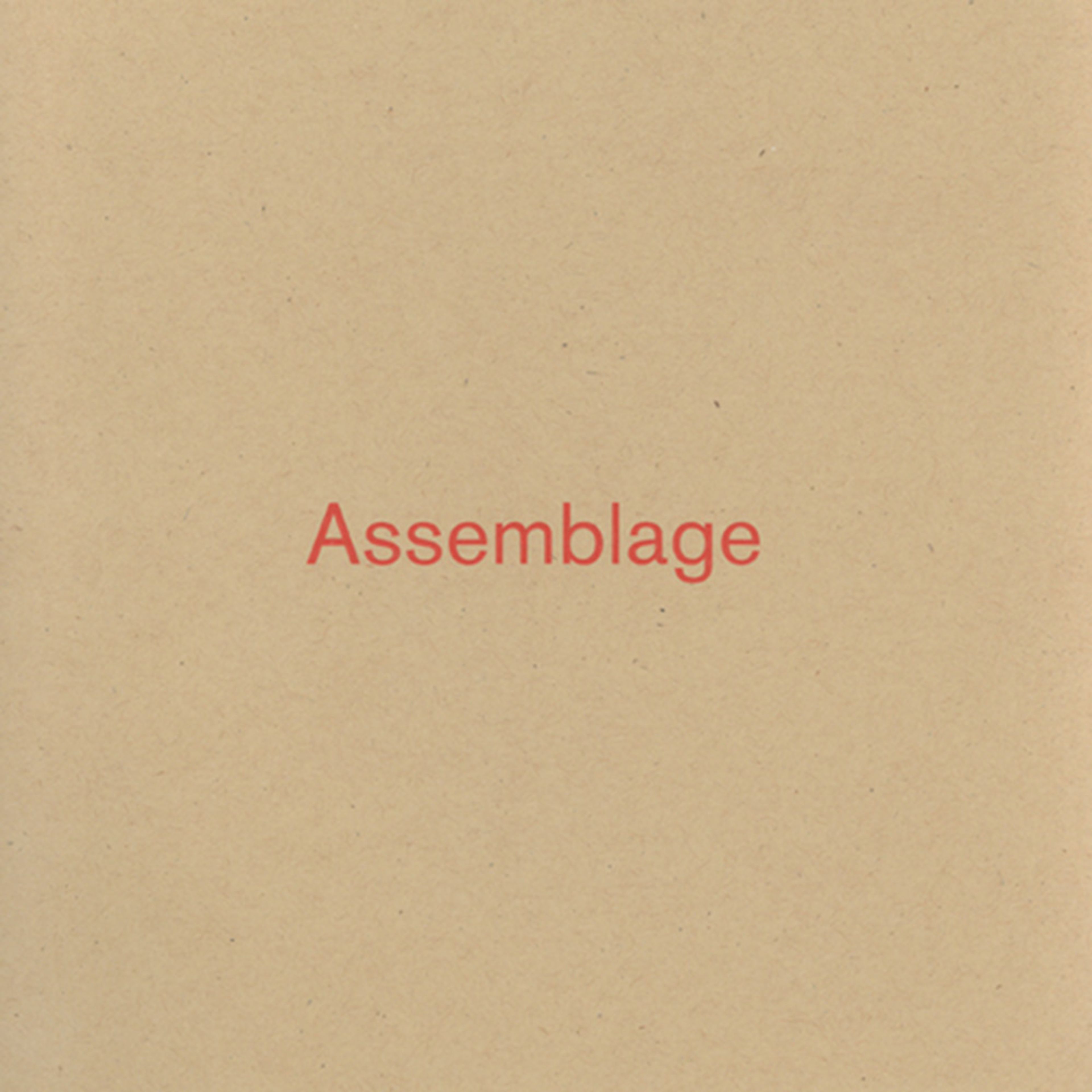Jason Rhoades
Jason Rhoades (1965–2006) emerged in the 1990s as one of the most formally and conceptually rigorous artists of his time. During his short but prolific career he became known for highly original, large-scale sculptural installations, which incorporate various materials inspired by Los Angeles car culture and his upbringing in rural Northern California, as well as by a mixture of historical and contemporary global and regional influences that he explored throughout his life.
Learn MoreSurvey
Exhibitions
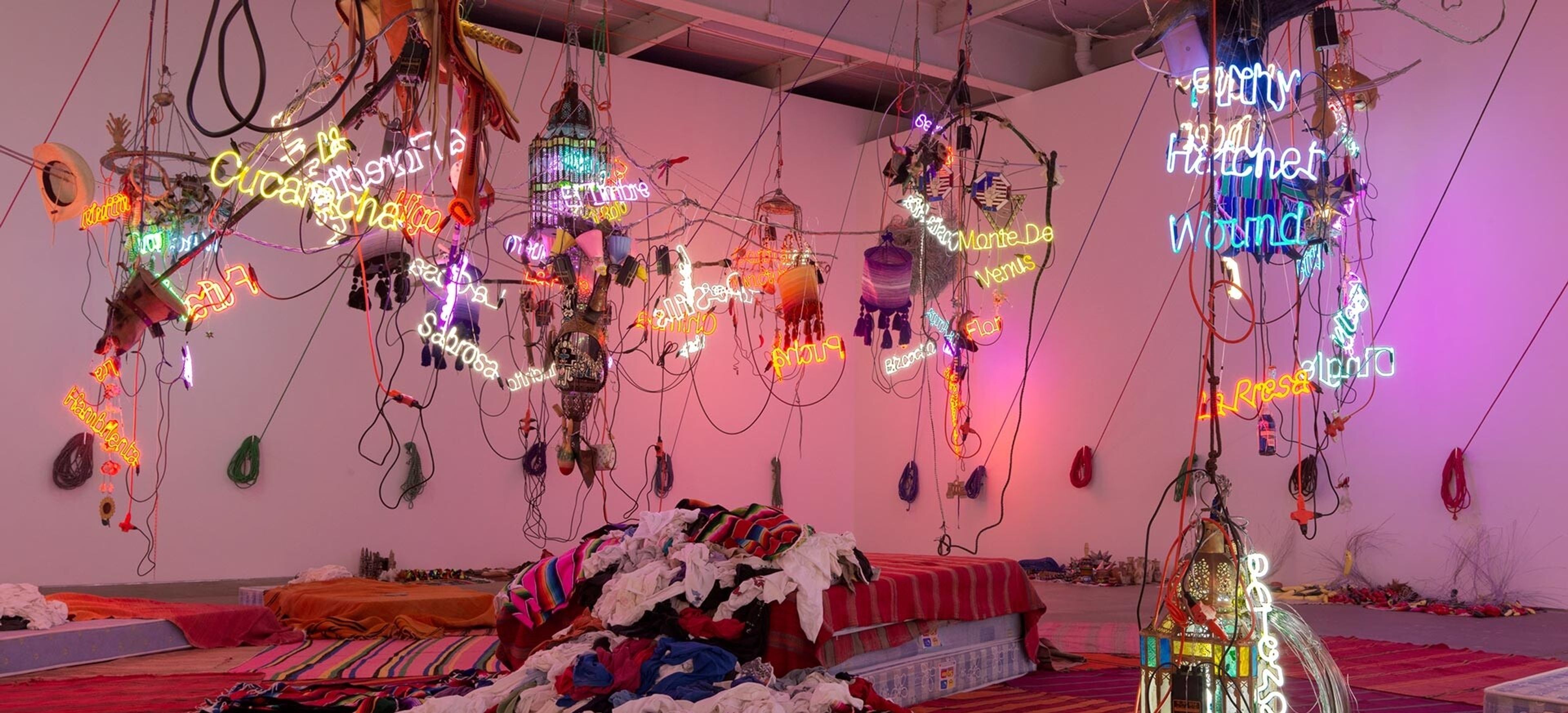
Explore Exhibitions
Artist News
Biography
Jason Rhoades (1965–2006) emerged in the 1990s as one of the most formally and conceptually rigorous artists of his time. During his short but prolific career he became known for highly original, large-scale sculptural installations, which incorporate various materials inspired by Los Angeles car culture and his upbringing in rural Northern California, as well as by a mixture of historical and contemporary global and regional influences that he explored throughout his life. Until his untimely death at age 41, Rhoades carried out a continual assault on aesthetic conventions and the rules governing the art world, wryly subverting those conditions by integrating them into his practice. He conceived his works as part of an ongoing project, to which objects were continuously added, assembled, and reassembled in various configurations. Through his unique visual aesthetic and the conceptual depth of his work, Rhoades complicated the boundaries between the sacred and the profane, the physical and the immaterial, challenging social, political, and linguistic structures and revealing the complexities and contradictions of our globalized, interconnected era.
Rhoades was born in Newcastle, California. He received his M.F.A. from the University of California, Los Angeles, in 1993. Later that year, Rhoades joined David Zwirner—becoming part of the gallery's original roster of artists—and had his first New York solo show.
In 2019, the artist’s large-scale installation Tijuanatanjierchandelier was on view at David Zwirner, New York. In 2014, the gallery presented Jason Rhoades: PeaRoeFoam in New York. The comprehensive exhibition was specially dedicated to Rhoades's body of work using PeaRoeFoam, the artist's self-made recipe for a "brand new product and revolutionary new material" created from whole green peas, fish-bait style salmon eggs, and white virgin-beaded foam. It marked the gallery's first exhibition showcasing Rhoades since its critically acclaimed installation of Black Pussy in 2007. An accompanying publication by David Zwirner Books features scholarship by Julien Bismuth, an interview with Linda Norden, and selected interviews from the Jason Rhoades Oral History project devised by Lucas Zwirner, who interviewed over fifty artists, curators, and others who intimately knew the artist.
Rhoades's work has been exhibited internationally since the 1990s. His first solo presentation at a European institution was held at Kunsthalle Basel, in 1996. Other international venues that have organized solo shows include Van Abbemuseum, Eindhoven, The Netherlands; Kunsthalle Nürnberg, Germany (both 1998); Deichtorhallen Hamburg, Germany (1999); Museum moderner Kunst Stiftung Ludwig Wien (mumok), Vienna (2002); Le Magasin - Centre National d'Art Contemporain de Grenoble, France (2005); and Centro de Arte Contemporáneo de Málaga, Spain (2006).
In 2013, Jason Rhoades, Four Roads marked the first American museum exhibition of the artist's work, organized by the Institute of Contemporary Art, University of Pennsylvania, Philadelphia. In 2014, the exhibition traveled internationally to the Kunsthalle Bremen, Germany, followed by the BALTIC Centre for Contemporary Art, Gateshead, England, in 2015. In 2017, The Brant Foundation Art Study Center, Greenwich, Connecticut, presented a solo exhibition featuring Rhoades’s works from The Brant Collection as well as significant projects from the artist’s career, including My Brother/Brancusi (1995); The Grand Machine / THEAREOLA (2002); and Untitled (from the body of work: My Madinah: In pursuit of my ermitage…) (2004). Work by the artist has been prominently featured in group exhibitions worldwide, including the Whitney Biennial (1995, 1997, 2008, and 2022) and the Venice Biennale (1997, 1999, and 2007).
Museum collections that hold works by Rhoades include the Centre Pompidou, Paris; Hamburger Bahnhof - Museum für Gegenwart, Berlin; Los Angeles County Museum of Art; Museum of Contemporary Art, Los Angeles; The Museum of Modern Art, New York; San Francisco Museum of Modern Art; Solomon R. Guggenheim Museum, New York; Stedelijk Museum, Amsterdam; Tate, United Kingdom; and the Whitney Museum of American Art, New York.
Selected Press
Selected Titles

Request more information
